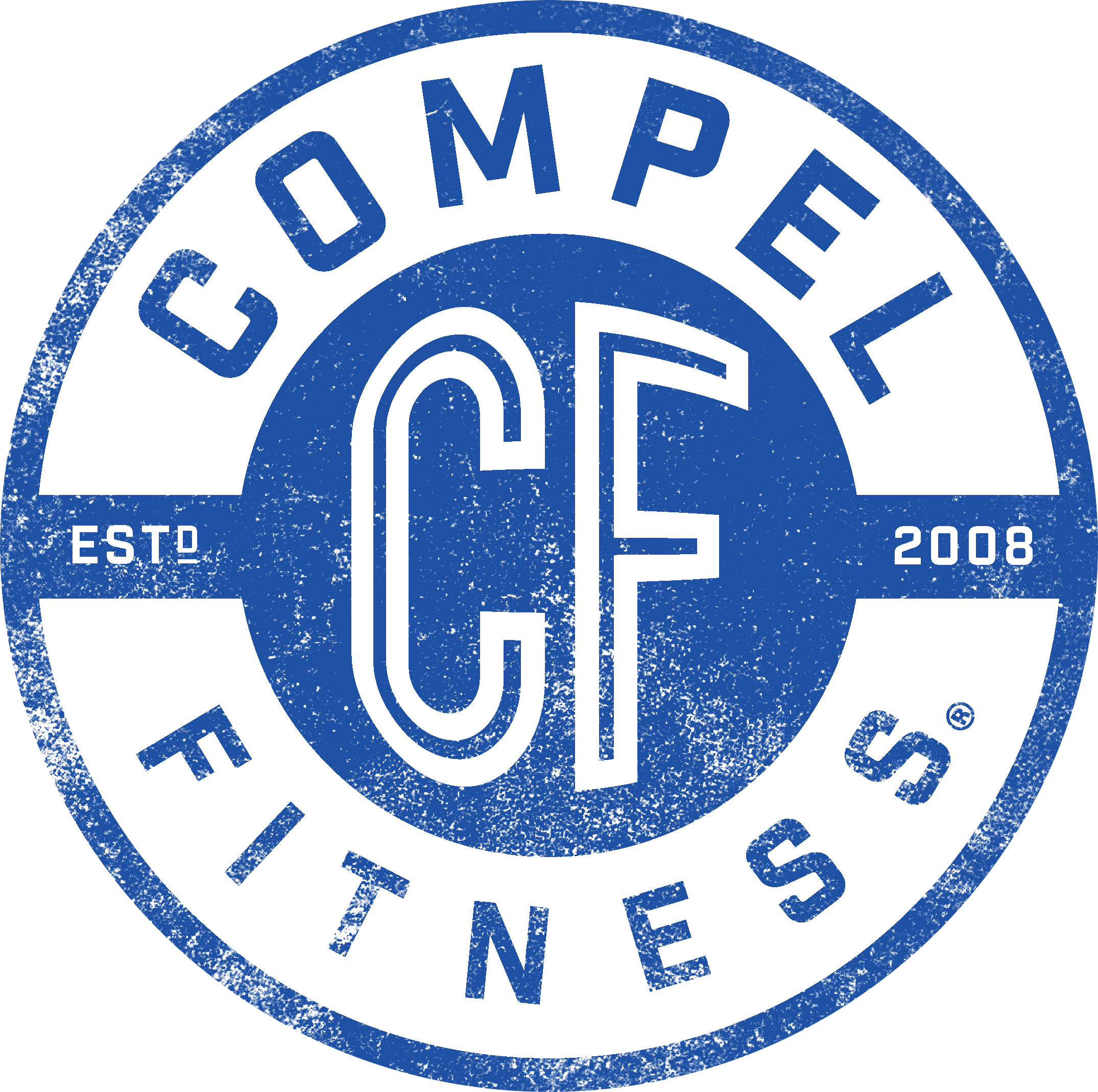Are You Really That Hungry?
Restaurant portions in the U.S. are so large that others in the civilized world can’t even fathom how one person can eat a full meal by themselves. I was just talking with one of our clients last night who recently moved to the U.S. from Canada. She was shocked by the size of sodas out at a restaurant, which are much larger than the ones that she is used to back home in Canada. Take a look at the figure below to see how portion sizes have changed over the years.

While it's nice to know you're getting your money's worth, consuming large portions can be the equivalent to eating all of your daily calories in one meal. One! And it's not just restaurant portions either. We overindulge at home as well. Changing your lifestyle isn't about starving yourself and straddling the fence between satiation and constant hunger, but we need to get smart about what and how much we're putting on our plates and into our bodies.
Sometimes, hunger is actually thirst in disguise. If you ignore the signs of thirst for more than a few hours, your body starts to send out ravenous hunger signals instead which could have you finishing that oversized portion instead of quenching your thirst. To avoid getting mixed signals, here are some smart tips to controlling your portions and false hunger at home and when you go out to eat:
Drink Water. Have a glass of water before and during your meal. Dehydration can be mistaken for hunger. Drinking a glass of water before your meal may fill you up before your plate reaches the table.
Split your plate. If you're eating out, split your meal with a friend, co-worker, or significant other. No one should be eating the amount of food restaurants are serving in one sitting. Splitting a meal will save money and calories. Or if you're eating solo, ask for a to go container before the food gets there and box half or more of it up as soon as it gets there. This technique has really worked well for me in the past when I go out to eat at a restaurant.
Eat on smaller dinnerware. Using a salad plate rather than a dinner plate will eliminate the risk of overeating because you won't feel like you have to fill your plate, and if you do fill a salad plate, you're still not consuming as many calories as a dinner plate. A lot of people were raised with the notion that they had to clean their plate at dinner. If your plate contains a portion large enough for two or more people, that is pretty difficult to do without derailing your healthy living plan. Using a smaller setting allows you to finish the plate without feelings of guilt for overeating.
Out of sight, Out of mind. Leaving the extras in the kitchen instead of on the dining room table will keep you from mindlessly helping yourself to seconds or thirds. Try never to leave snacks on the counter because if you see them, you're brain immediately thinks "I'm hungry" and you believe it, even if it's not true.
Don't eat straight out of the package. If you're eating chips and salsa, or veggies and hummus, put a couple of tablespoons of the salsa or hummus in a small bowl and add a few chips or veggies on a small plate. If you start eating out of the package, you don't know how much you've consumed until the bag is gone.
Eat more slowly. If you're on a time crunch, sometimes you inhale your food so quickly you barely remember what you've eaten. This trend continues even when there's not a reason to eat fast and eating fast means you're not paying attention to your body signaling you're full. Chew your food and put your fork down between bites. It will help with your digestion and you'll notice what your body is telling you.
Fill at least half of your plate with veggies. You can never eat too many vegetables. OK, you can, but filling half of the plate leaves little room for excess of anything else. You'll fill the other half with whole grains and lean proteins for a complete meal that should fill you up proportionately.
Choose your snacks wisely. Snacking in between meals is okay, if you're choosing the right snacks. Picking a protein, fiber and carbohydrate like an apple with peanut butter, or a whole grain cracker with low fat cheese will fill you up better than chips and dip or cookies.
Being mindful of your choices and listening to what your body is telling you will help keep your portions in control and keep your waistline from expanding.
Tom Daubert
ACSM CEP
Compel Fitness

